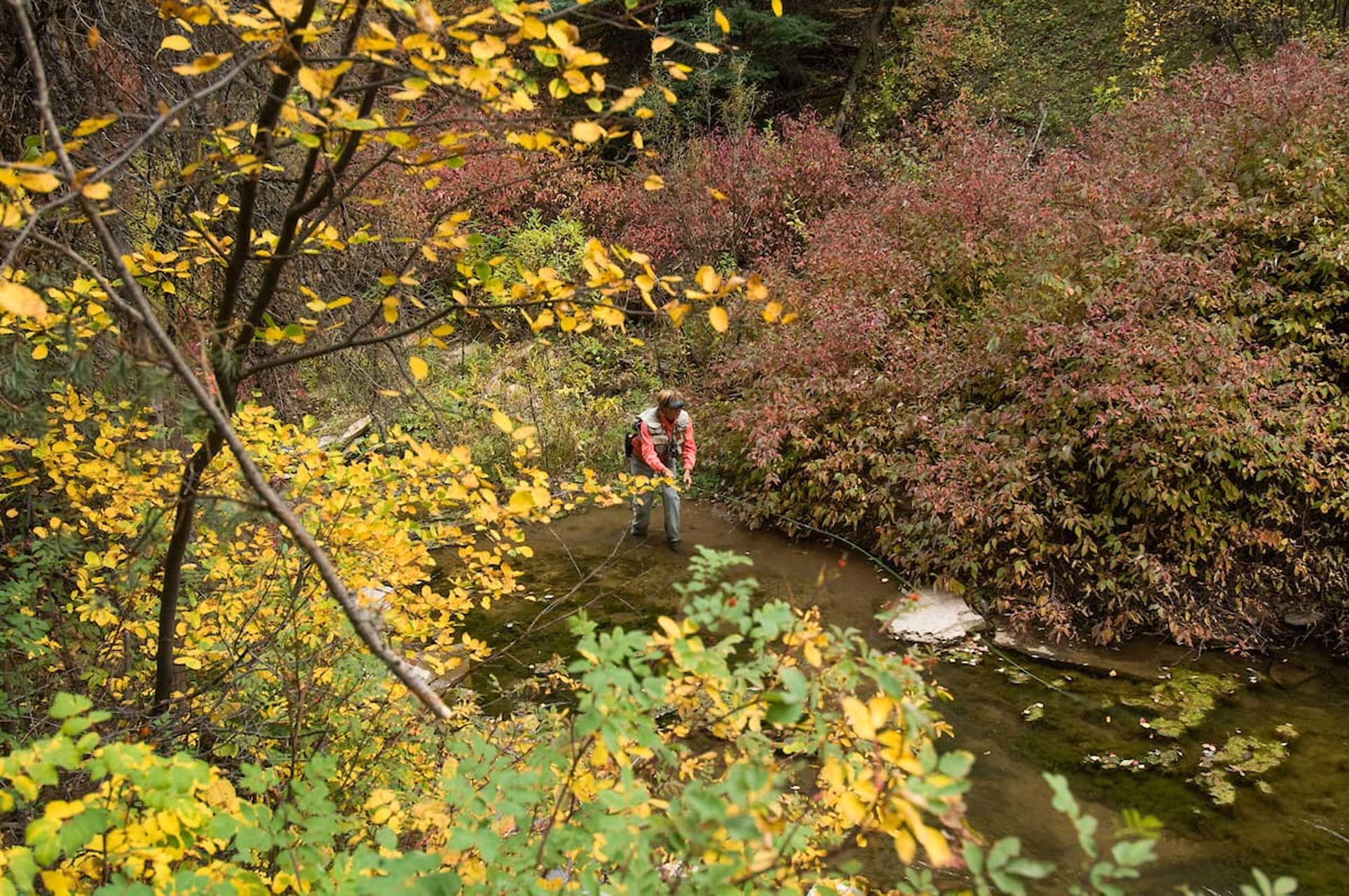When I was first introduced to fly fishing by my friend, Bill Sargent, in Vermont, I fell in love with a whisper of a stream that flowed off the Green Mountain National Forest. The brookies were rarely longer than six inches, but the scenery and solitude made up for the lack of fish girth. It was only later that I realized the connection between that small stream and downstream rivers such as the East Middlebury and Otter Creek where I caught larger trout.
To this day, if you offered me quiet and solitude and small native fish or larger, more crowded rivers with big stockers, I would always choose the former. Clearly, that is a personal preference, but blue lines are more than a boost to my psyche.
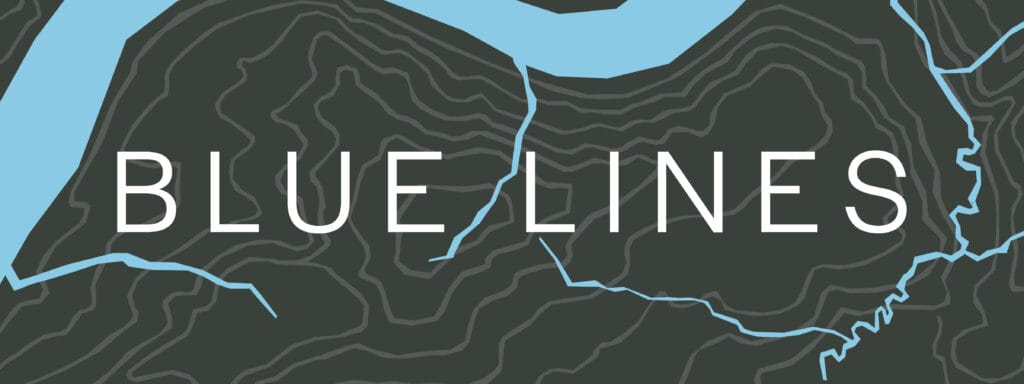
Blue lines are the sources of our coldest and cleanest water. They harbor the highest abundance of native trout and salmon, as they are generally in less developed higher elevation areas.
Many years ago, I was an architect of a rulemaking that protected nearly 60 million acres of some of the highest quality fish and wildlife habitat in the country. These so-called “roadless areas” are the refuges for native species such as brook, westslope, bull, Gila, Apache and many other native trout.
My job at the Forest Service back then was to take all the meetings relevant to the very controversial Roadless Area Conservation Rule. The regulated community—timber, oil and gas, mining and other interests—beat down my door. The environmental community beat even harder. The one community I never heard from was the hunting and angling community.
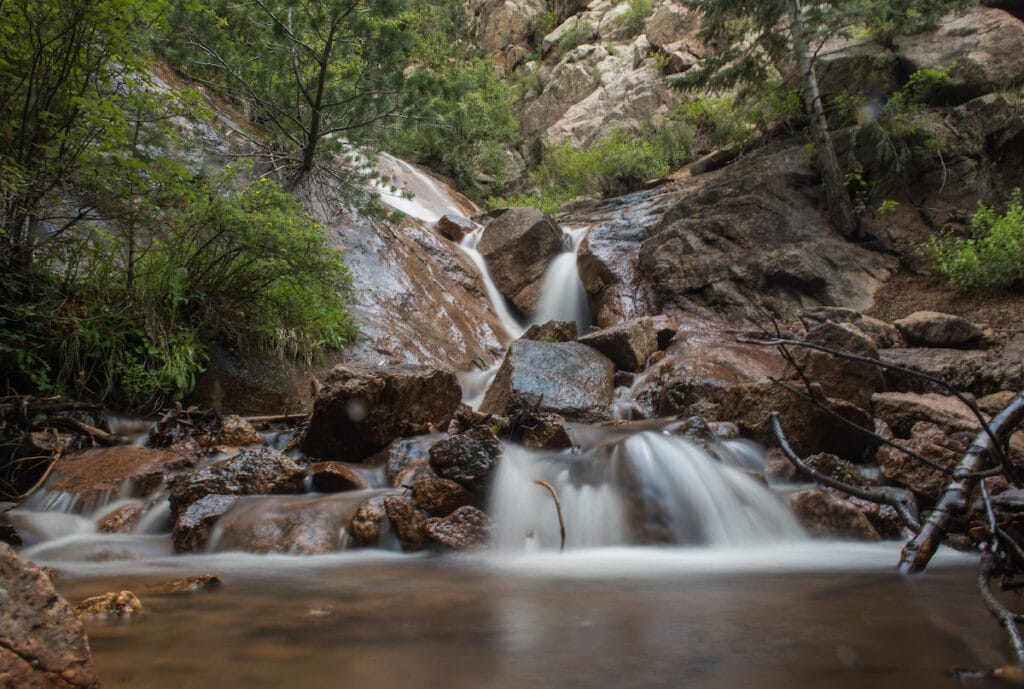
To this day, that shocks me, because hunters and anglers gained more from the protection of wilderness quality roadless areas than any other interest. The sources of our blue lines, roadless and wilderness areas, have the healthiest habitats and best populations of native fish. They supply the coldest cleanest water. They have longest centerfire rifle seasons. Simply put, publicly owned roadless areas are one of our nation’s best sources of blue lines.
We have come full circle. Today, sportsmen and women, led by Trout Unlimited, are the strongest advocates of wilderness, roadless areas, national monuments and yes, blue lines. As sportsmen and women, we share a visceral connection to our lands and waters. We know where the trout will lie. We know the most likely areas to call in a turkey or see a good buck. We understand, at an intrinsic level, the connection between clean water, healthy habitat and good hunting and fishing.
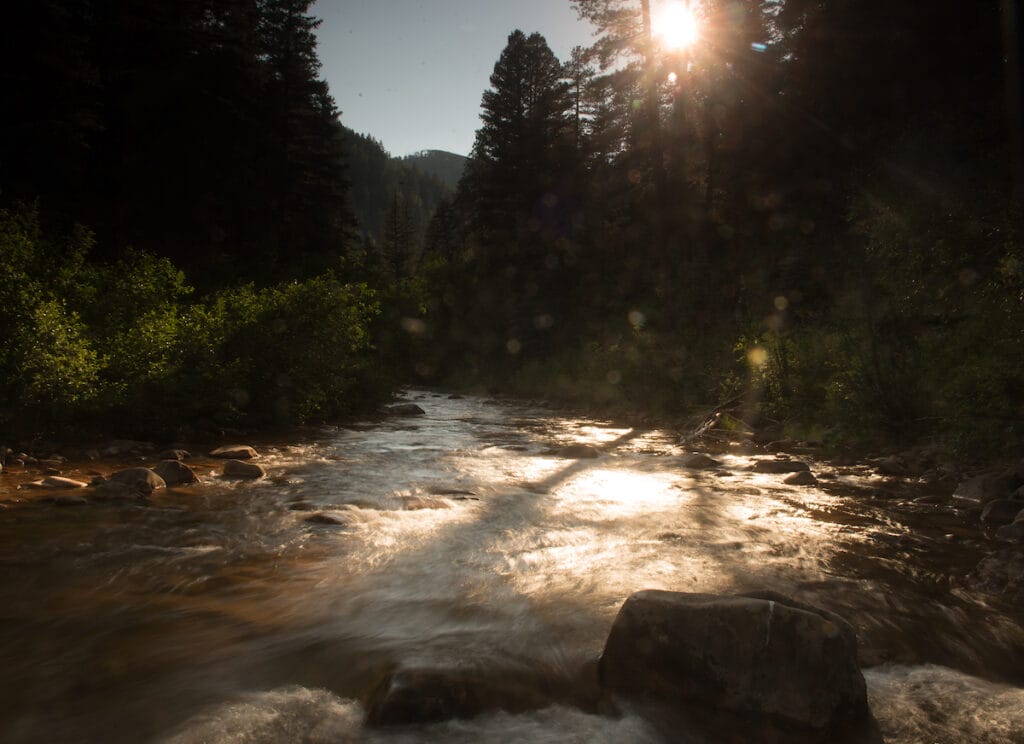
Discovering and fishing blue lines helps to diminish the pressure on our most famous trout and salmon rivers. The pandemic brought us record numbers of anglers, and rivers such as the Madison, the South Fork of the Snake and the Beaverkill are now chronically overfished. To be certain, hiking into the headwaters to catch wild and native trout helps to relieve the pressure on our more popular and famous rivers. I would argue, however, for a more expansive definition of blue lines. Fishing for carp in the Connecticut River helps to reduce pressure on our native trout and salmon. So does fishing for shad in the Rappahannock in Virginia. Dare I say it, as does fishing for invasive snakehead or blue catfish from the Potomac in Washington, D.C.
All that is to say, get away from crowds and discover your local bass, bluegill and carp streams, or strap on some hiking boots and head up to the mountains for some native trout. Tonic for the soul.
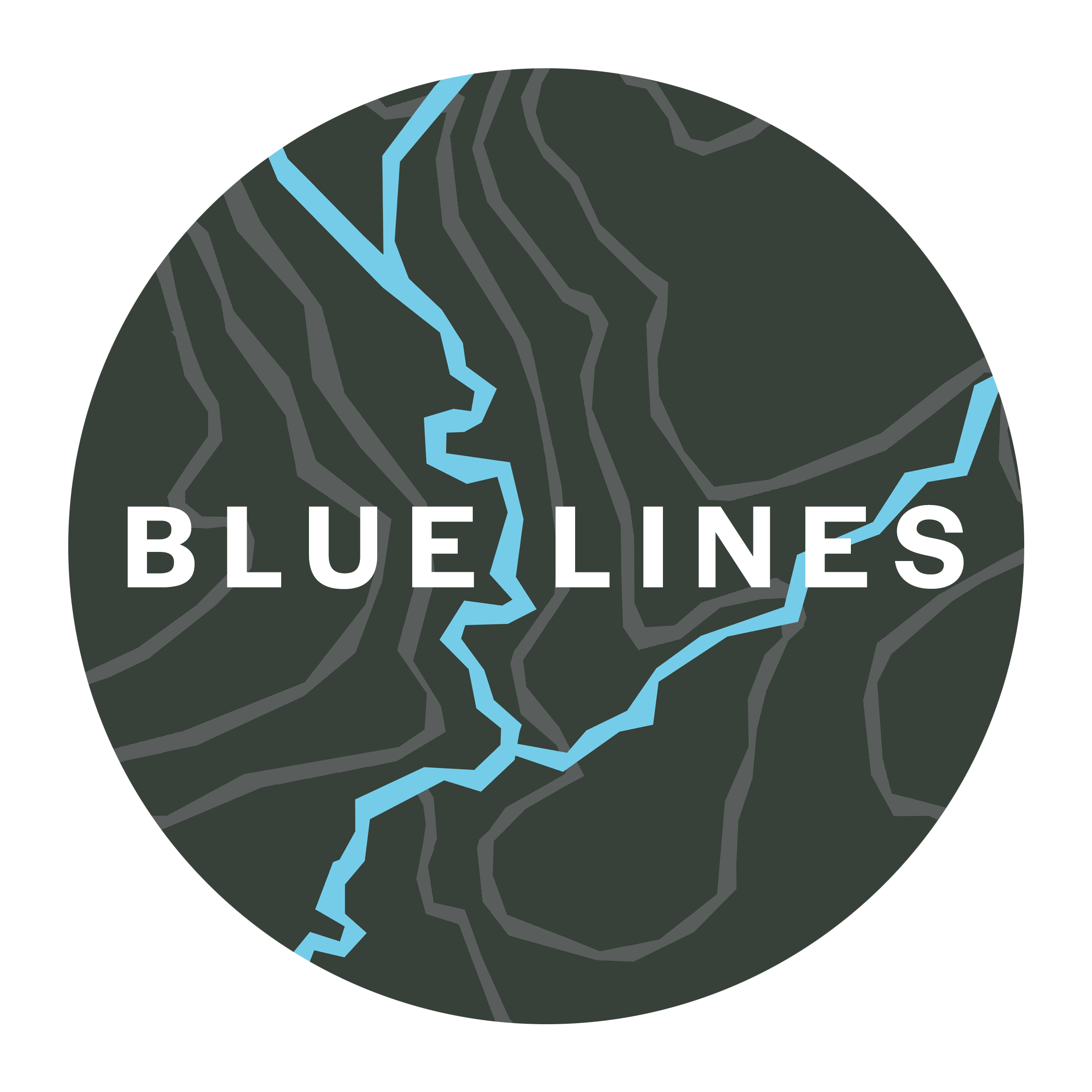
Speak up for clean water protections and healthy fisheries.
Blues lines are the source of our coldest and cleanest water. They harbor abundant wild and native trout and salmon—and we want to keep it that way.



